MP4 | Video: 856×480 | Audio: AAC, 44.1 Khz, 2 Ch | Duration: 6:02:55 | Language: English | 3.68 GB
It’s easy to think of trees and shrubs as an enormous commitment and investment—one that doesn’t reap immediate rewards in the same way as container gardening. But the truth is that there are hundreds of wonderful trees and shrubs out there for you to choose from, and growing them can be a lot easier (and more rewarding) than you think.
Hide Full Description
Trees and shrubs, regardless of the specific constraints of your landscape, can provide colorful bursts of flowers, fresh fruit and wholesome nuts, height and depth to a garden design, and refreshing shade on hot summer days.
And just as important as the beauty of trees and shrubs is their practical use. When grown properly, trees and shrubs offer numerous benefits for any property owner, including:
a clear—and natural—framework for your outdoor spaces;
an eye-catching barrier (and getaway) from loud noises and unsightly views;
creative ways to conserve energy and reduce pollution in and around your home; and
green spaces that can help raise the curb appeal (and value) of your home.
But once you’ve decided to try your hand at trees and shrubs, where should the everyday gardener start? Right here with How to Grow Anything: Make Your Trees and Shrubs Thrive. In just 12 engaging lectures by horticulturalist, certified arborist, and nationally syndicated garden host Melinda Myers, you’ll discover everything you need to make trees and shrubs an integral (and manageable) investment in your outdoor spaces. Taking you through a variety of different landscapes, climates, and seasons, these lectures reveal effective—and practical—gardening techniques and strategies for shopping, planting, and caring for trees and shrubs just like the experts.
Develop a Greener Green Thumb
Tapping into her skills as a master horticulturalist and public educator, Ms. Myers takes you step by step through the process of adding trees and shrubs to your landscape.
Designing: Knowing where to fit particular trees and shrubs in your landscape is a key skill of the everyday gardener. When you start to look at your space as a living framework, you’ll have a much stronger sense of what trees and shrubs are right for your specific landscape needs.
Shopping: Once you know what trees and shrubs you need, it’s time to purchase them. Ms. Myers gives you savvy shopping methods for deciding where to shop, how to pick out healthy plantings, methods for transporting them back to your landscape, and more.
Planting: There’s more to planting trees and shrubs than just digging a hole and dropping them in the ground. Discover the same tried and true planting methods the experts use to ensure that their plantings, whether in a container or in a vast acreage, take root and thrive.
Managing: How much should specific plantings be watered? When and where should you prune and trim? What are the signs that your trees have succumbed to disease—and how can you nurse them back to health? These lectures have all the management tips you need.
Along the way, you’ll learn about some of the many trees and shrubs that make great fits for landscapes with different climates, levels of soil heartiness, and size constraints, including:
Redbud, a good four-season tree with scaly bark that blooms sweet (and edible) flowers in the spring and provides heart-shaped leaves for summer shade;
William Baffin rose, a hardy shrub rose that needs no winter protection, grows large, and is often trained to climb along fences; and
Ironwood, a slow-growing tree that’s perfect for small, shady spaces and whose ornamental fruit and peeling bark give it plenty of winter interest.
Master Tips from a Master Gardener
Throughout Make Your Trees and Shrubs Thrive, Ms. Myers shares a generous offering of insider tips and techniques for growing and maintaining your trees and shrubs, whether you’re looking to strengthen your gardening skills or save money in the long-run.
How much to water trees: Trees need about 10 gallons of water per inch of trunk diameter. In general, it takes about five minutes to provide 10 gallons of water. Also, avoid watering from overhead (which can promote disease by keeping leaves unnecessarily wet).
The best time to prune: One of the least risky times to prune is late winter. It’s easier to see the planting’s overall structure and make better cuts, there are fewer insects active in the garden, and the wounds from pruning will heal quickly as growth begins in spring.
It’s OK to call the experts: Smart everyday gardeners know when to call a professional. For example, before you plant, call your area utility locating service to avoid hitting underground lines. It’s a free service that can save you from a potentially expensive (and deadly) accident.
Filmed in beautiful natural spaces and garden centers, and with demonstrations in our specially designed in-studio garden, Ms. Myers’ lectures take learning to new levels of engagement. And she brings to every lecture the same knowledge and insight she does to her nationally syndicated “Melinda’s Garden Moment” segments. Learning from Ms. Myers, you’ll discover why she’s won so many accolades, including the American Horticultural Society’s prestigious B.Y. Morrison Communication Award.
“I hope you’ll feel more comfortable adding trees and shrubs to your landscape,” Ms. Myers says of her exciting course. “With proper selection, planting, and care, you can increase beauty, decrease your workload, and increase your success. So go out and green your landscape!”
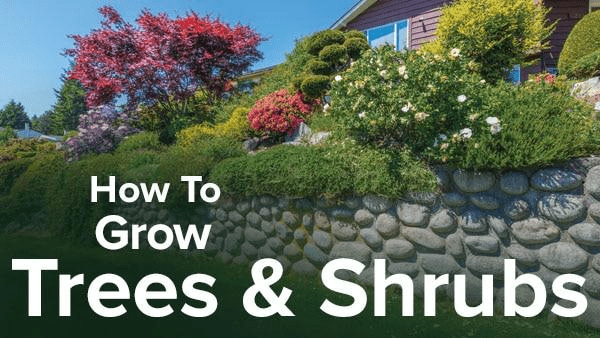


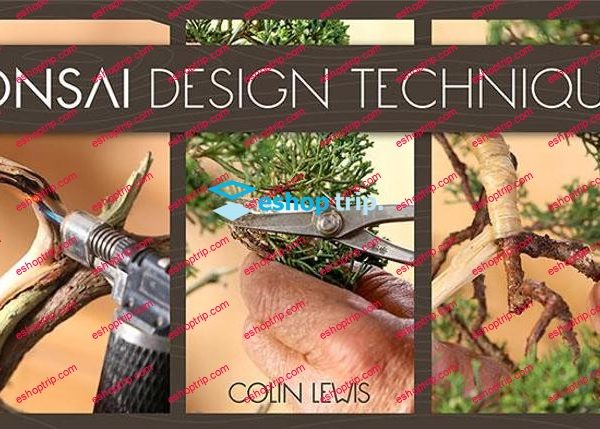
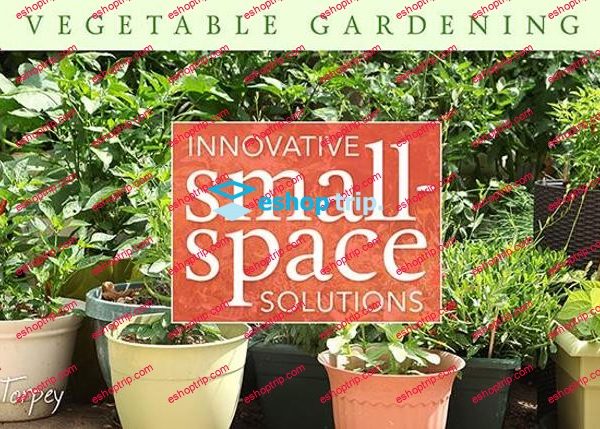
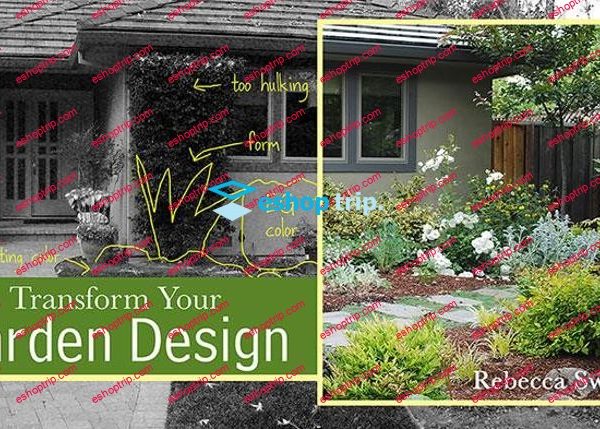
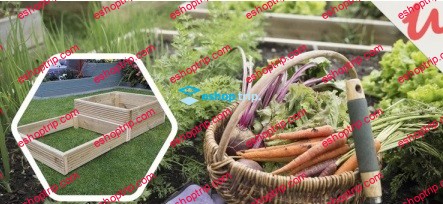

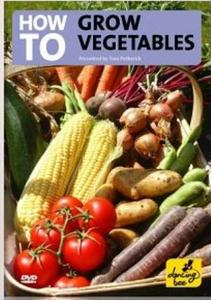


Reviews
There are no reviews yet.